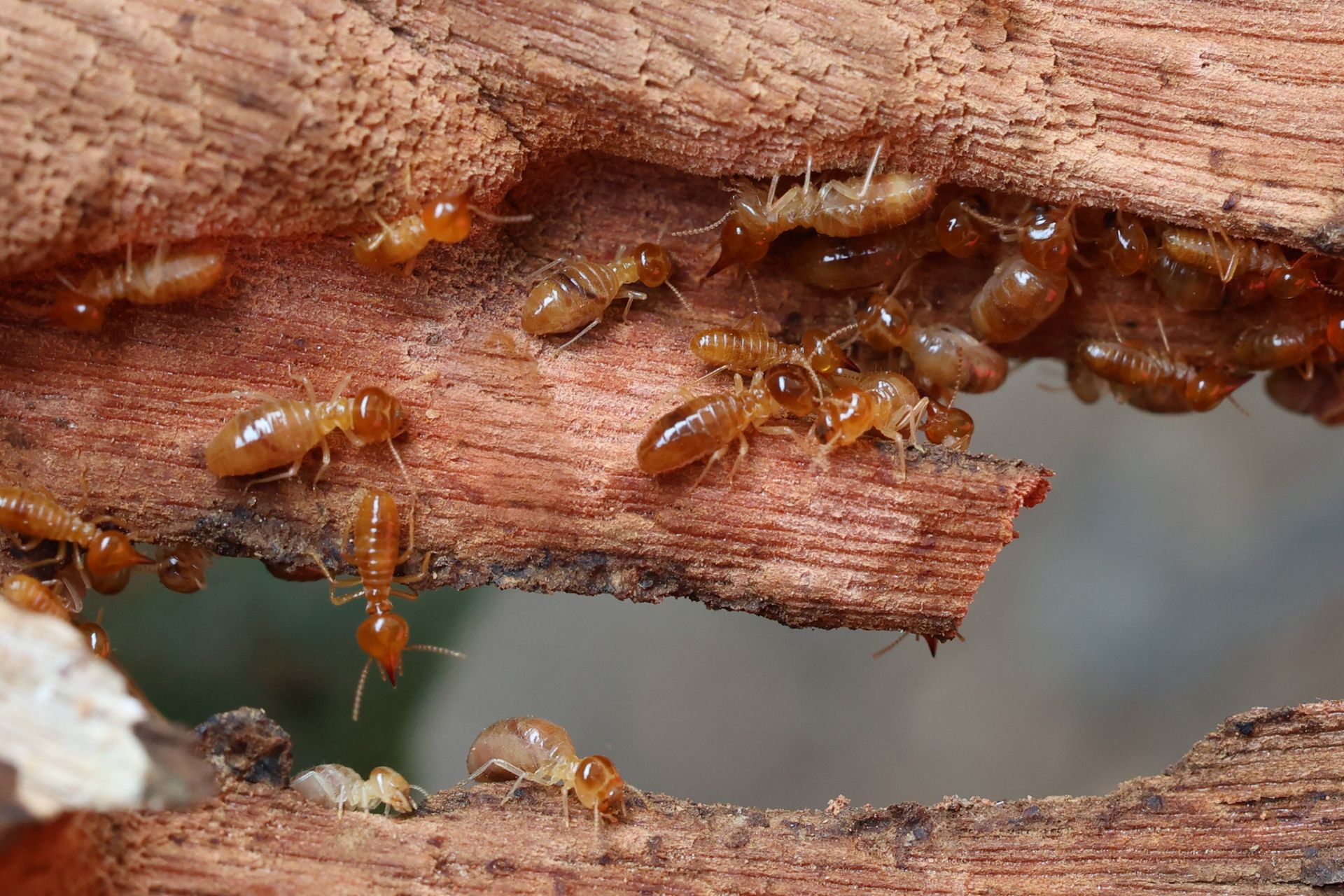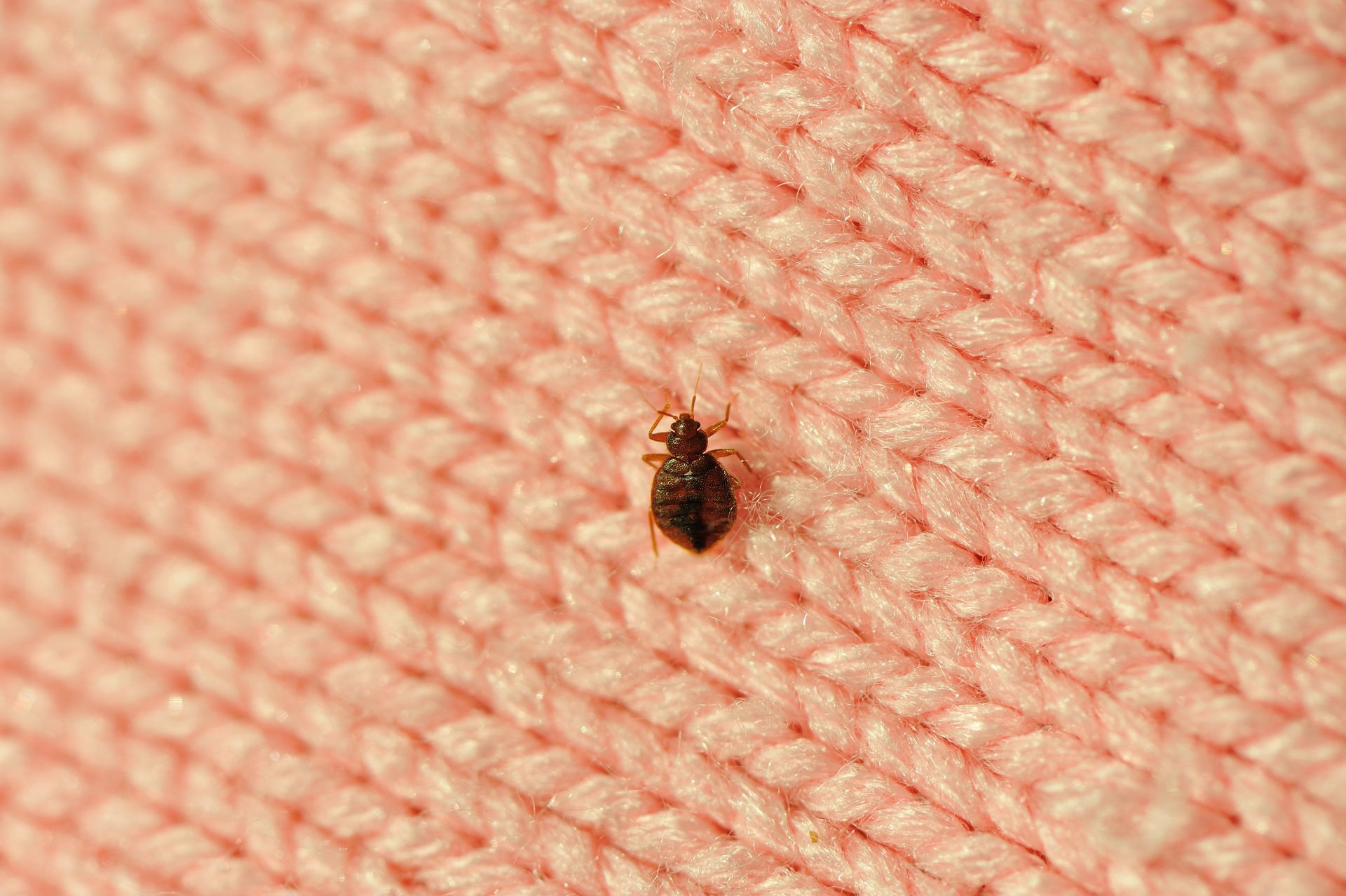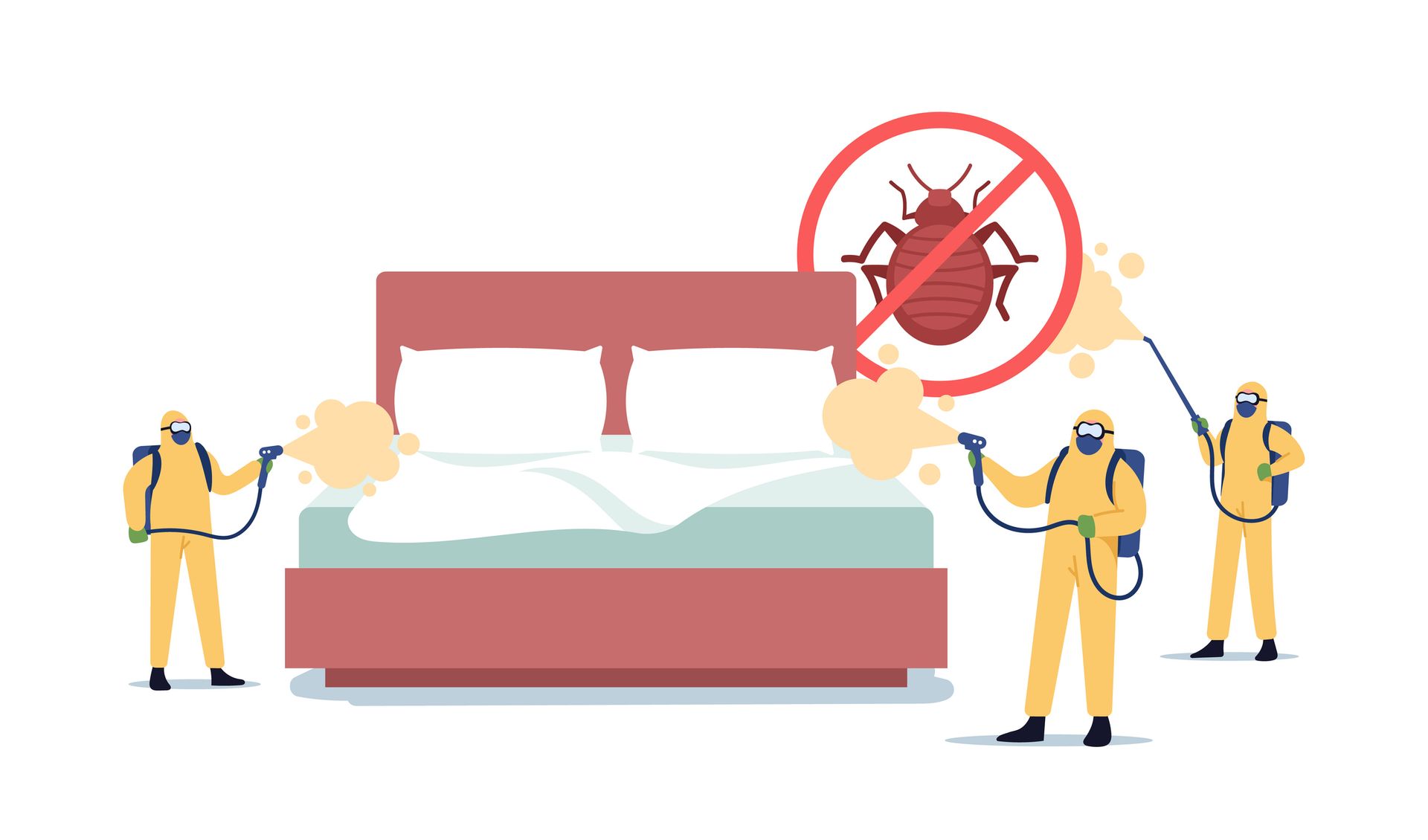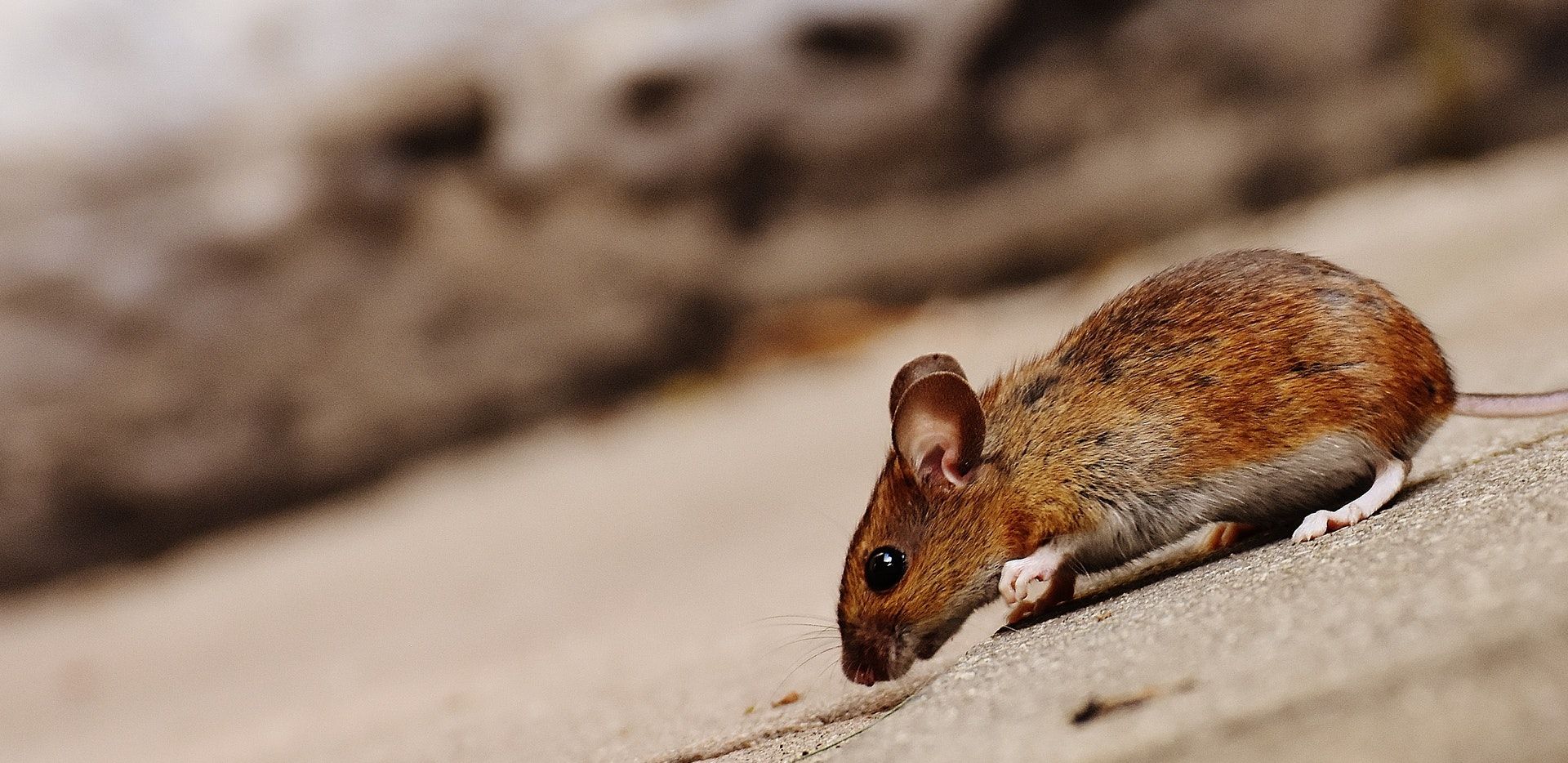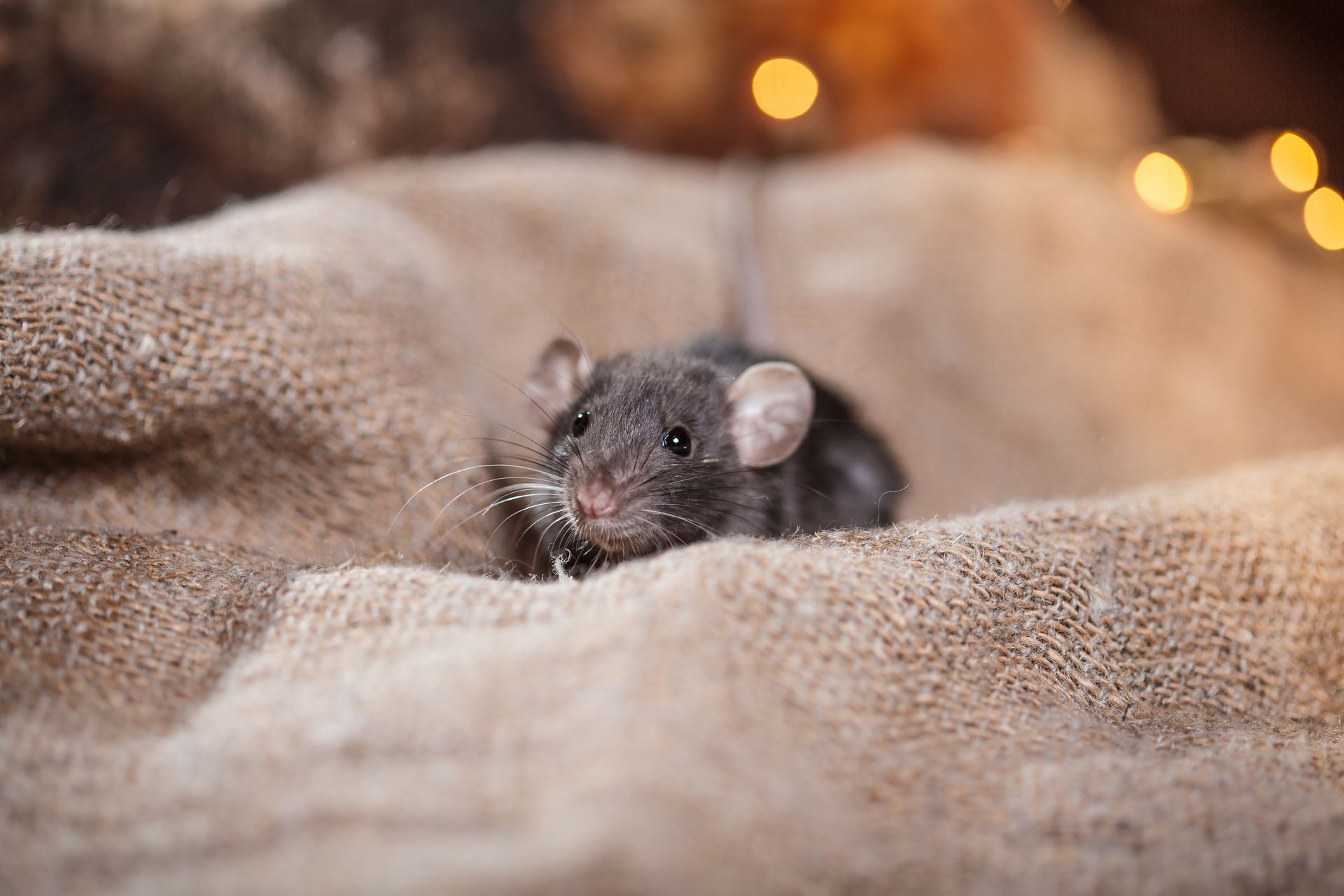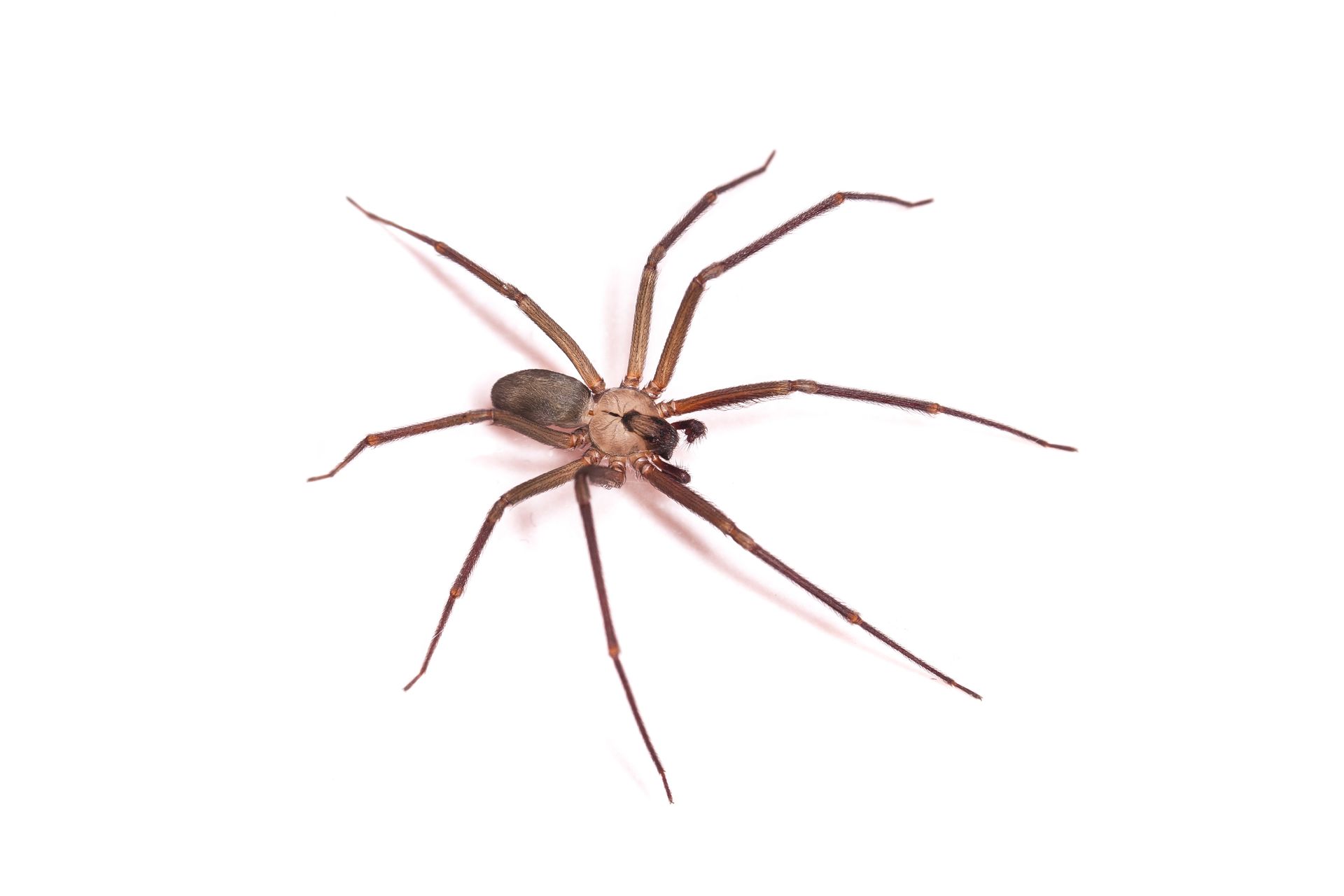What Causes Termites in Your Home
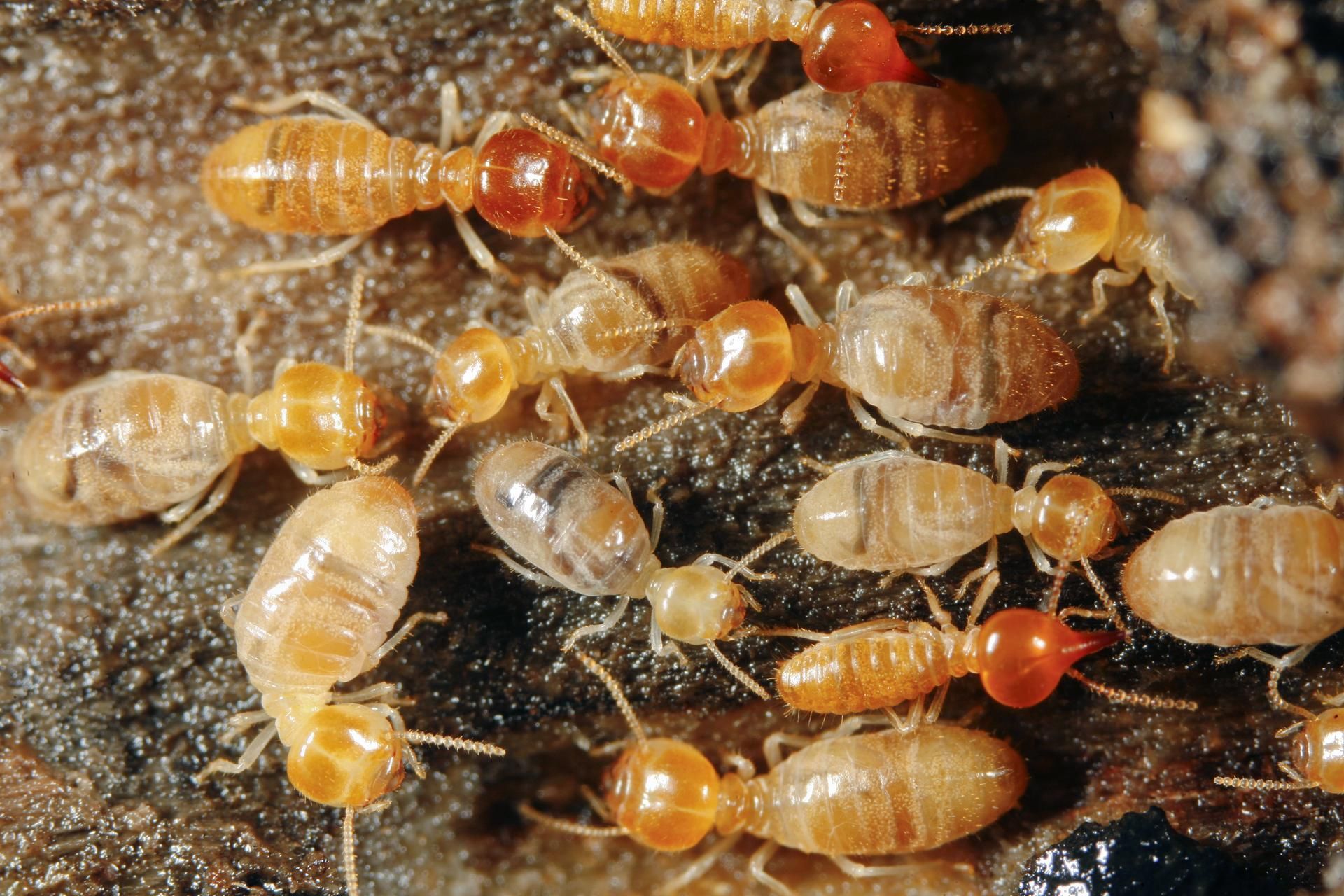
Have you noticed mud tubes and flying termites in your home? Perhaps there is wood damage, bubbling, or flaking wall paint. Or maybe you're hearing chewing noises from the walls. If this applies to you, you may be facing a termite infestation.
If left unaddressed, termites can cause extensive damage to your home's structure and deplete its value. Read on to learn what attracts termites to your home.
Moisture in Your Home
Termites need moisture to survive, so any areas of your home that are damp or humid are likely to attract them. This can include areas with leaking pipes, standing water, or high humidity. Moisture can also soften and weaken wood, making it easier for termites to chew through. This problem is common in areas like bathrooms, kitchens, or basements where water is more likely to accumulate.
To prevent termite infestation, repair any leaks immediately, and ensure proper ventilation in areas like the basement and kitchen. Also, regular inspections of your foundation, roof, and plumbing can help you identify and address any leaks or dampness before they lead to an infestation.
Wood Piles Near Your Home
Wood piles, such as firewood, near a home can be a major attractant for termites. Termites feed on cellulose, and wood is a primary source of cellulose, making wood piles a perfect food source for termites. The proximity of wood piles to your home also provides an easy path for termites to enter your house, causing damage to your property's structure and foundation.
Store any wood or wooden structures at a reasonable distance from your home. Also, keep them elevated and protected from moisture, and get rid of any rotting wood as soon as possible to prevent termite infestation.
Openings in Your Home
Warm, dark, and secluded environments such as foundations are perfect for termites to build nests. Termites can use any gaps and crevices in your home, such as cracks in the foundation, to move in undetected. Once they've established a colony, these pests can seriously harm your home's wooden elements, such as support beams, joists, and flooring.
Use of Mulch
Mulching is a common gardening practice that many homeowners use to promote healthy plant growth and improve curb appeal. However, mulch can unintentionally attract pests such as termites. Termites can be found in mulch as it provides a moist environment and an abundant food source. This is especially problematic when mulch is placed too close to the foundation of a home, as termites can easily travel from the mulch to the wooden structure of the home.
Your Home's Location
Termites are attracted to areas with warm and humid climates, making tropical and subtropical regions ideal environments for termite activity. In these areas, termites can thrive year-round due to the consistent warmth and moisture levels.
The location of a property can also affect the likelihood of termite infestation. Homes near wooded areas or water sources may be more vulnerable to termites as they provide shelter and access to food.
Thus, if you live in such areas, you should take preventative measures to protect your property and routinely inspect for signs of termite activity. The most common types of termites in our area are subterranean termites. Subterranean termites tend to live in soil, and require moisture.
If you've noticed a termite infestation in your home, contact a reliable pest control service immediately. At Pass Pest Control, we're experts in pest control with over 250 years of combined experience. Contact us today for residential or commercial pest control services.

